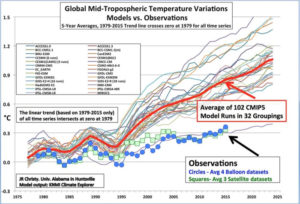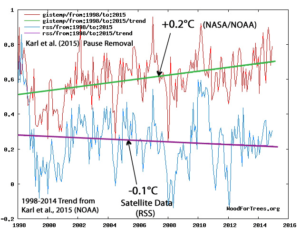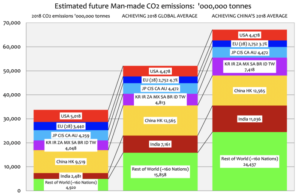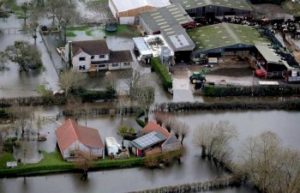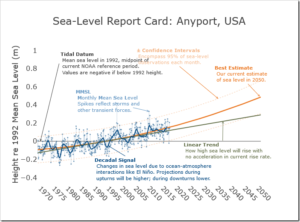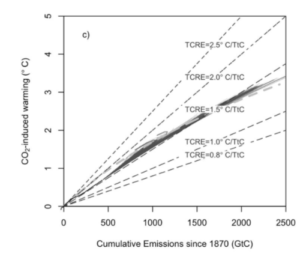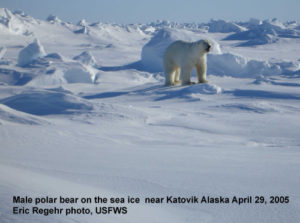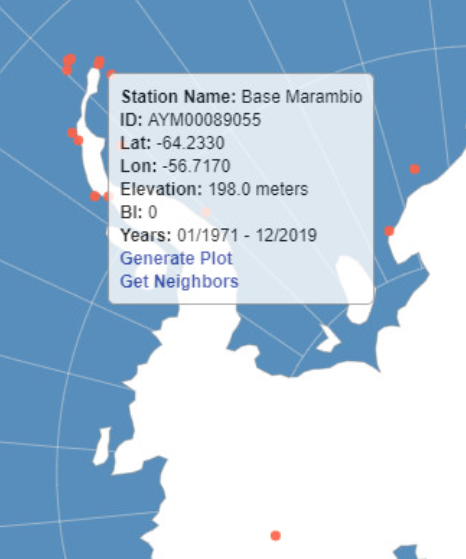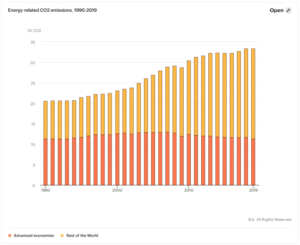by Alan Longhurst, February 24, 2020 in WUWT
Recipe for Australia’s climate ‘truth bomb’: dubious manipulations of the historical temperature record, ignorance of the climate dynamics of the Southern Hemisphere, and ignorance of Australia’s ecological and social history.
A correspondent of The Guardian newspaper writes that her personal ‘climate truth bomb’ hit her while she was picking ash from her glass at a wine tasting event – the Sydney Harbour bridge being dimly seen through the murk of bushfires. The truth came to her, she wrote, in the eloquent rage of Greta Thunberg and also in heat, smoke and fire.
Although anthropogenic climate change sells well, especially at The Guardian, their Sydney correspondent cannot be so ignorant about the climate of Australia or about bushfires as she pretends. Put briefly, bushfires in Australia and elsewhere have two main sources: from thunderstorms or from human activity, deliberate or otherwise – cigarette butts, sparks from brakes on railway trains, from incautious welding on farm machinery and from electric transmission lines. In California, where almost 2 million acres burned in 2018 and claimed many lives, the electricity supply company now closes down its transmission lines in windy conditions to prevent sparking and fires.
As she should have known, climate change or not, that ash in The Guardian correspondent’s wine was very probably caused by the direct action of an Australian citizen. In the current drought, 36% of fires have been judged to be accidental, 37% as suspicious, 13% as deliberate and only 6% as natural. And that pattern is not new: Australia has a serious arson problem. “In short, up to 85 bushfires begin every day because someone leaves their house and decides to start one,” said Dr. P. Reid of the Australian Center for Research in Bushfires and Arson
…



